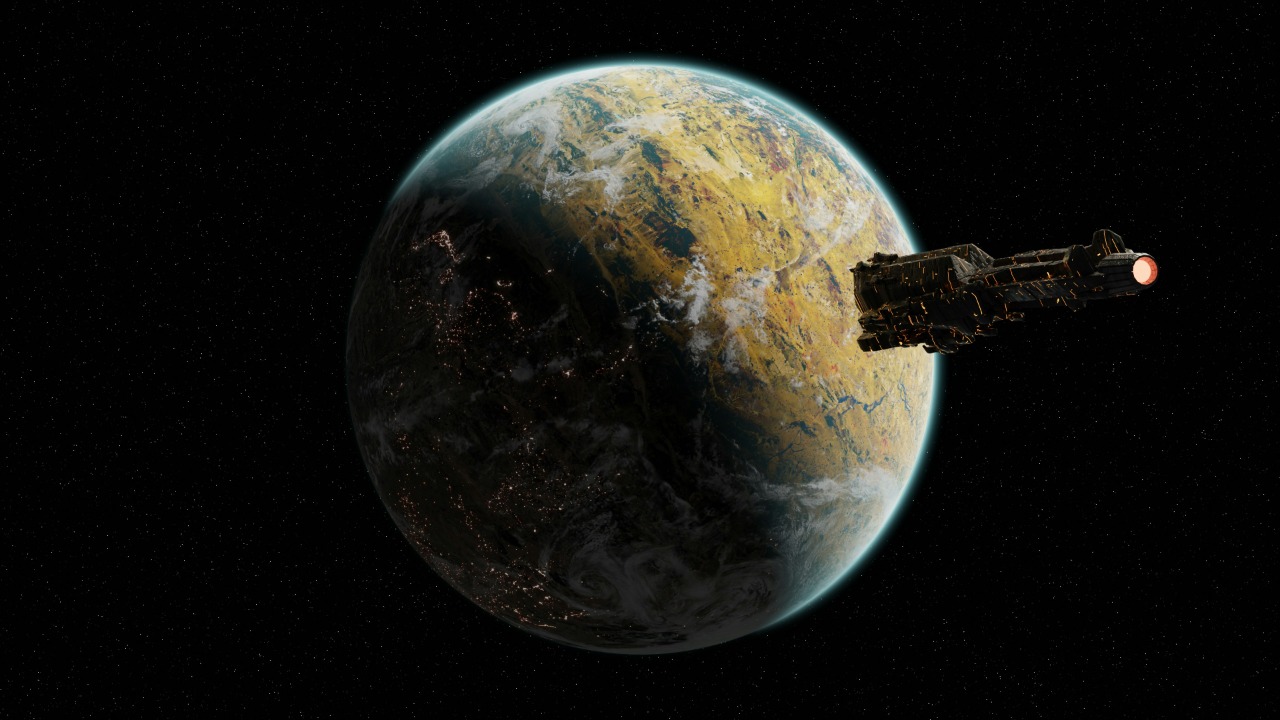
A recent study published in 2023 has raised concerns about the rapid overcrowding of low Earth orbit (LEO), the region between 160 and 2,000 kilometers above Earth. The research, conducted by the European Space Agency, warns that the projected launch of over 36,000 satellites by 2030 could significantly increase collision risks and space debris. This surge in satellite deployments is largely driven by mega-constellations from companies like SpaceX’s Starlink, which alone plans to deploy tens of thousands of satellites.
The Rise of Satellite Mega-Constellations
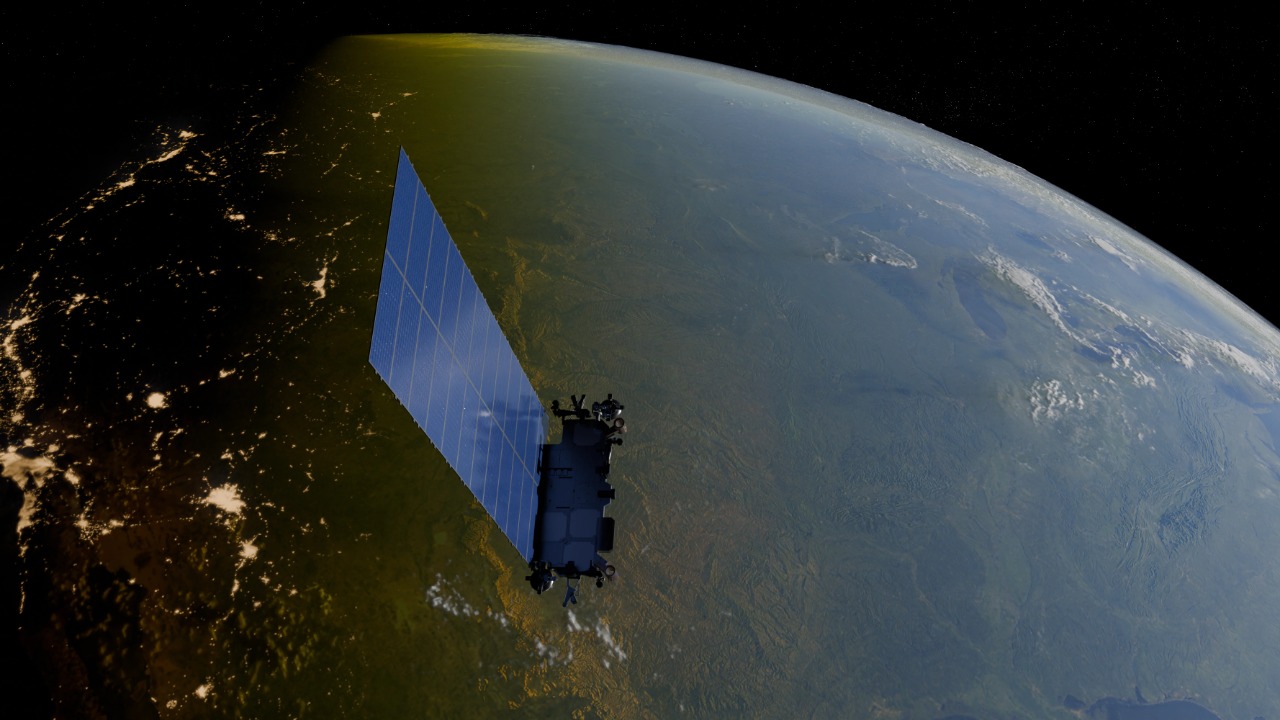
The last few years have seen an explosive growth in satellite deployments, particularly from SpaceX’s Starlink initiative. As of mid-2023, Starlink has already launched over 5,000 satellites and aims to deploy up to 42,000 in total to provide global internet coverage. This rapid expansion is not limited to SpaceX, with other major players like Amazon’s Project Kuiper and OneWeb also contributing to the increase in LEO satellites. These combined efforts could add more than 100,000 satellites to LEO by the end of the decade.
This proliferation of satellites is largely driven by commercial demands for broadband access in remote areas. Unlike traditional government programs, these initiatives are spearheaded by the private sector, which is leveraging innovative technologies to meet the growing need for connectivity.
Risks of Orbital Congestion
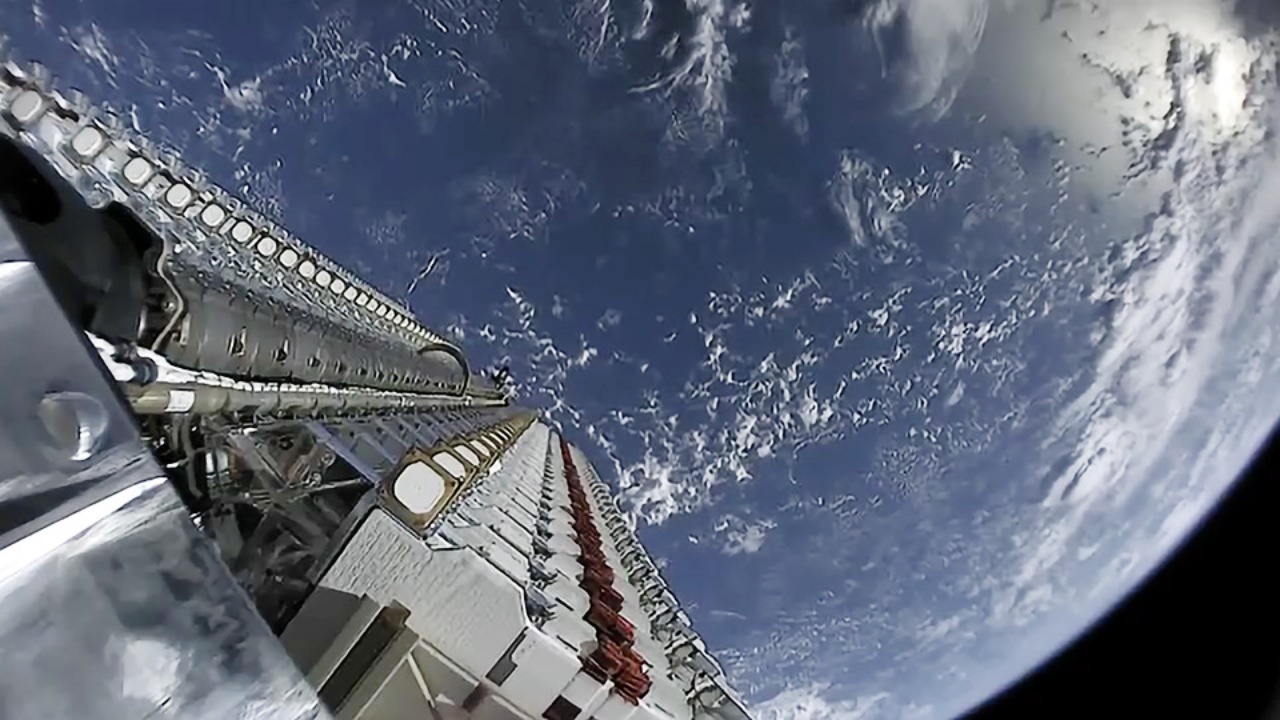
However, the rapid increase in satellite deployments comes with its own set of challenges. The study predicts a 50% increase in conjunction events—close approaches between satellites—within the next five years due to current trajectories. This heightened probability of collisions could lead to a significant increase in space debris.
A single collision could fragment satellites into thousands of pieces, creating a cascading effect known as Kessler syndrome that endangers all LEO operations. Additionally, dense satellite swarms could interfere with ground-based telescopes and spectrum frequencies, impacting astronomy and radio communications.
Key Findings from the Study
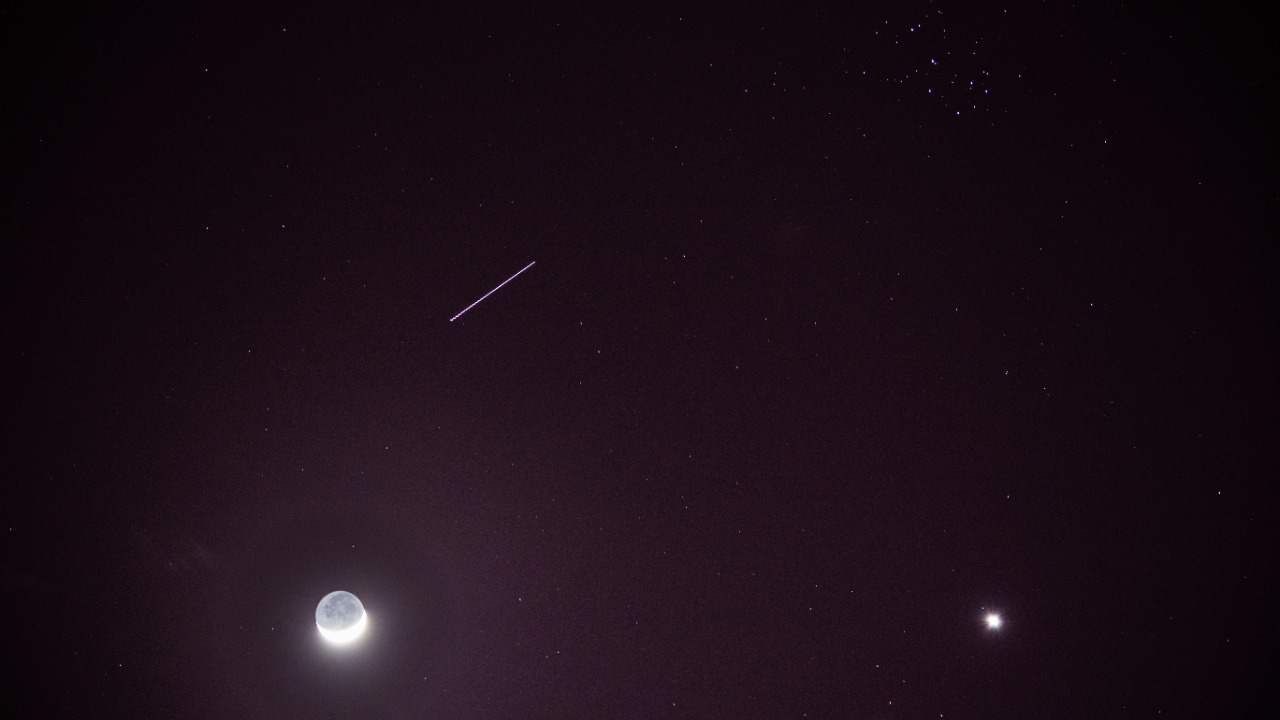
The study presents alarming data on satellite density in LEO. Currently, this region hosts about 8,000 active satellites, but this number could triple in high-traffic altitudes like 500-600 kilometers. Lead researcher Dr. Jonathan McDowell warns, “We’re on the brink of a traffic jam in space that could halt launches for years if not managed.”
The study’s simulation results predict a 1-in-100 chance of a major collision annually by 2030 without intervention. This highlights the urgent need for measures to manage the increasing satellite population in LEO.
Efforts to Mitigate Crowding
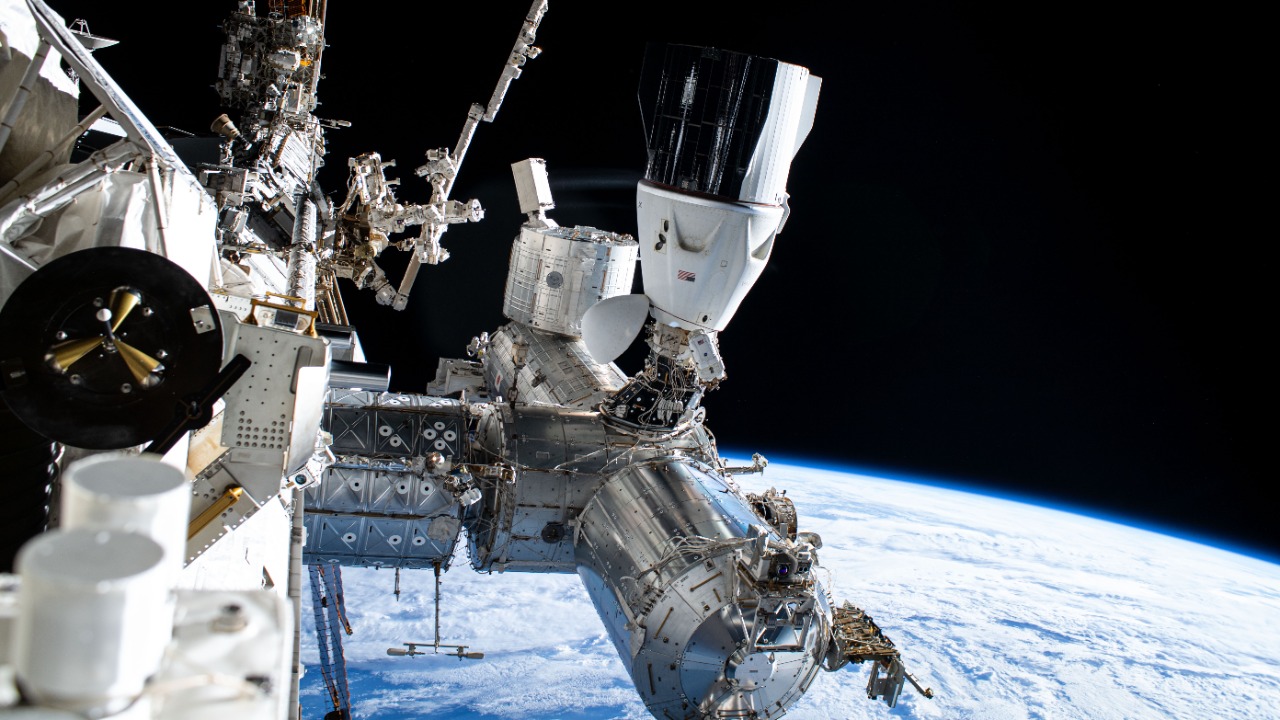
Various efforts are underway to address the issue of overcrowding in LEO. The United Nations Office for Outer Space Affairs has issued international guidelines recommending deorbiting satellites within 25 years of mission end to reduce long-term clutter. Technological solutions are also being explored, with SpaceX testing autonomous collision avoidance systems that use AI to perform thousands of maneuvers monthly.
The study also calls for policy reforms, including the establishment of a global registry of satellite positions to improve tracking and coordination among operators. Such measures could significantly reduce the risk of collisions and help manage the growing satellite population in LEO.
Future Implications for Space Access
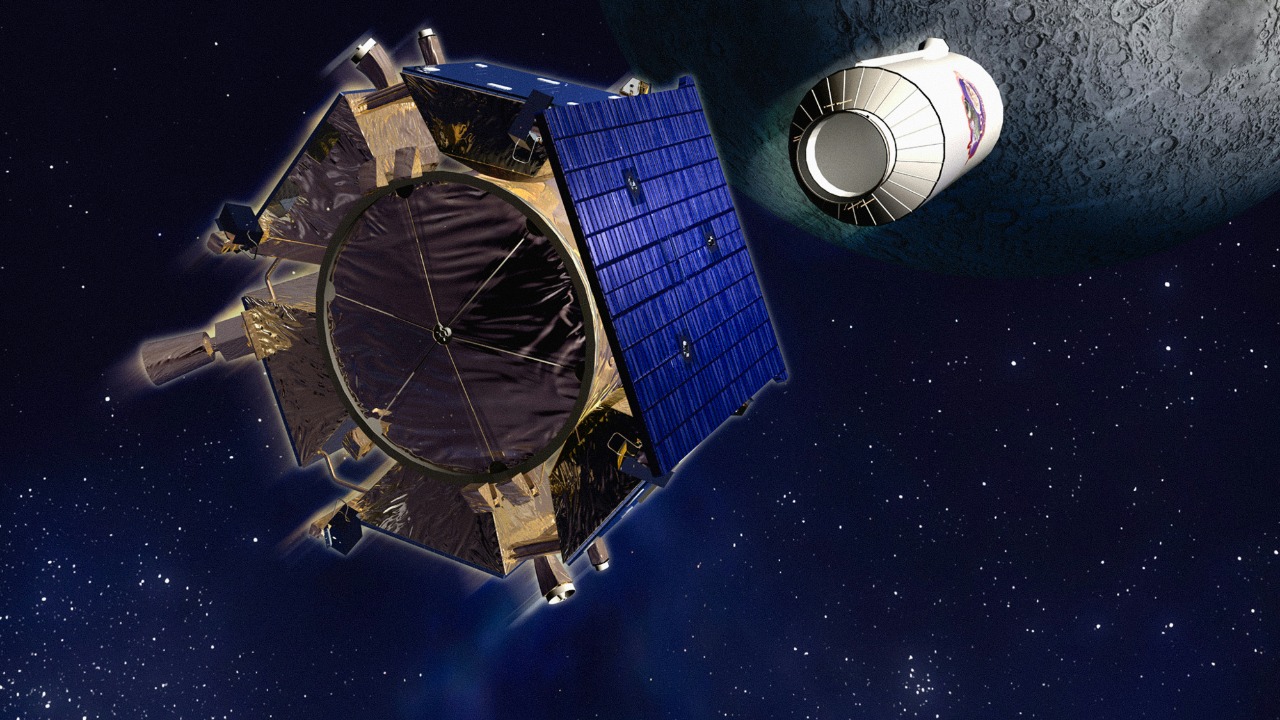
The economic stakes of unresolved crowding in LEO are high. The study estimates that it could cost the satellite industry billions in lost services and insurance premiums by 2040. Additionally, emerging sectors like space-based solar power and lunar missions, which rely on safe LEO passageways, could also be affected.
However, the study also outlines optimistic scenarios where coordinated international action could stabilize LEO populations. This could be achieved through the use of reusable rockets and debris removal missions, which could help manage the increasing satellite population and ensure the continued viability of LEO for various applications.
As we continue to push the boundaries of space exploration and utilization, it’s crucial that we also develop effective strategies to manage the growing satellite population in LEO. The future of space access depends on it.